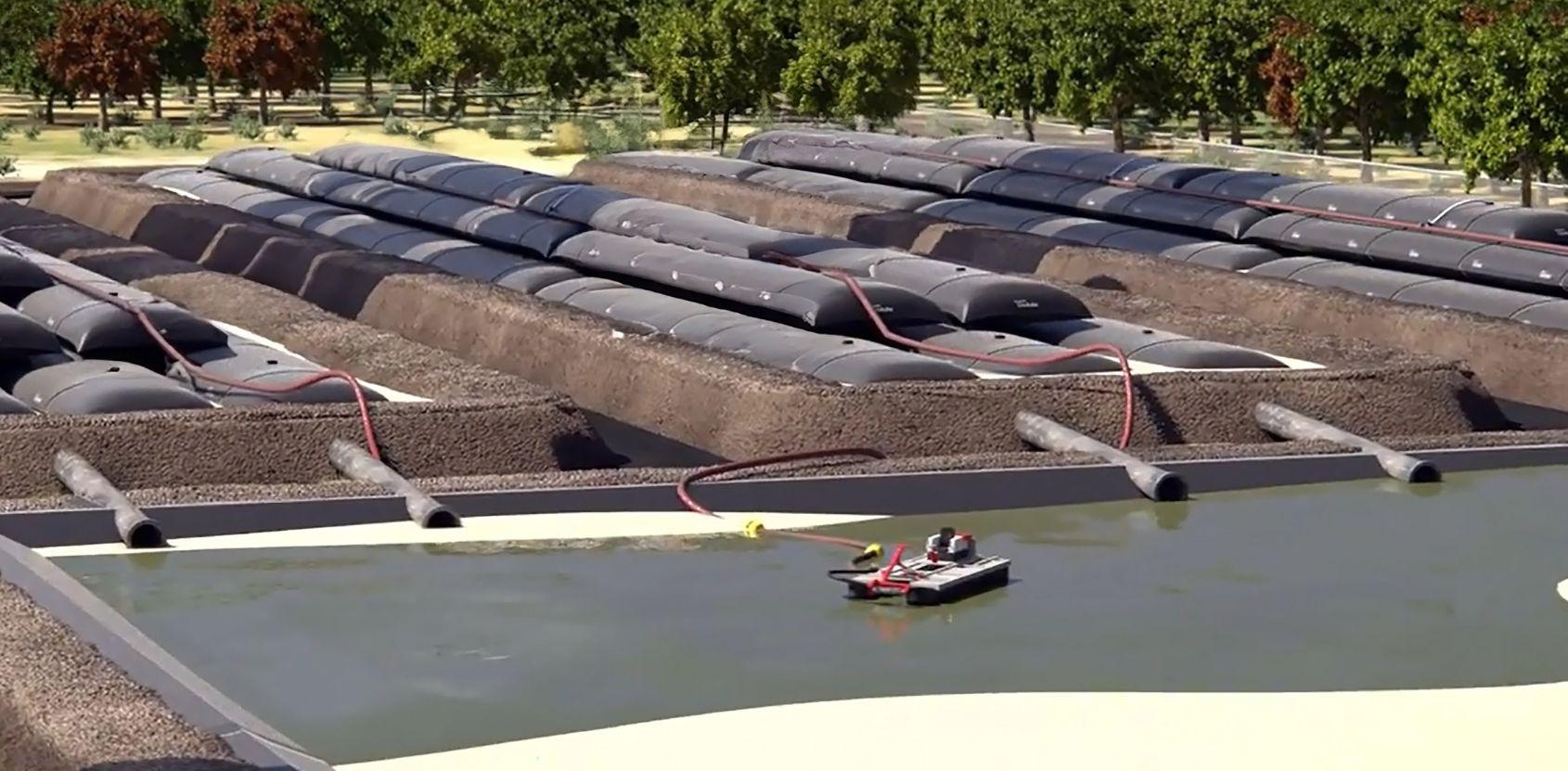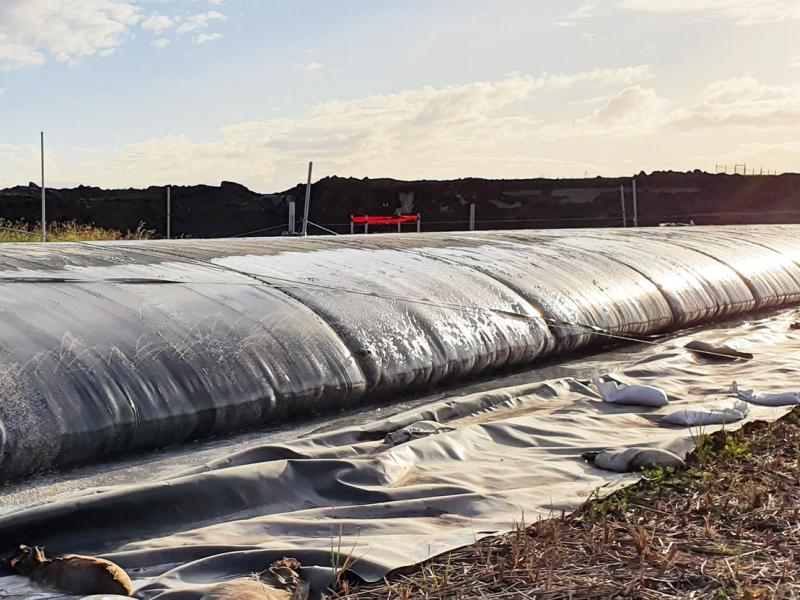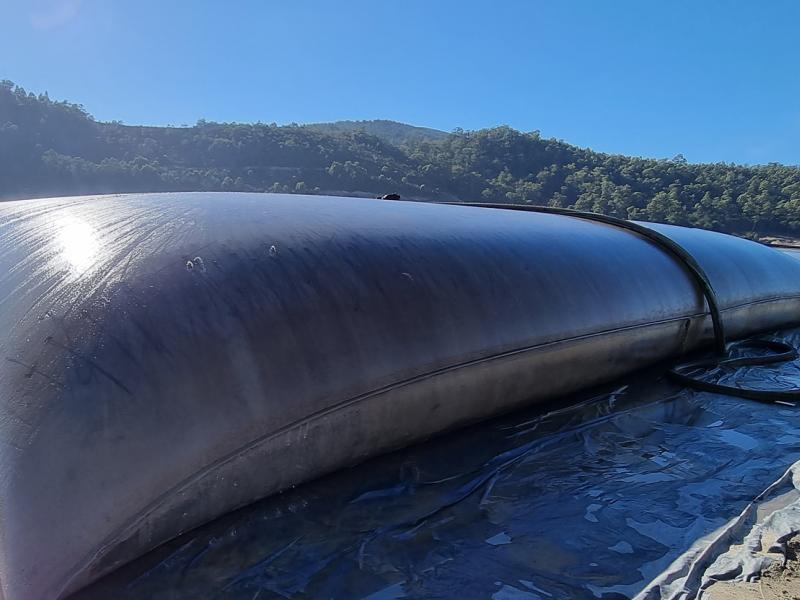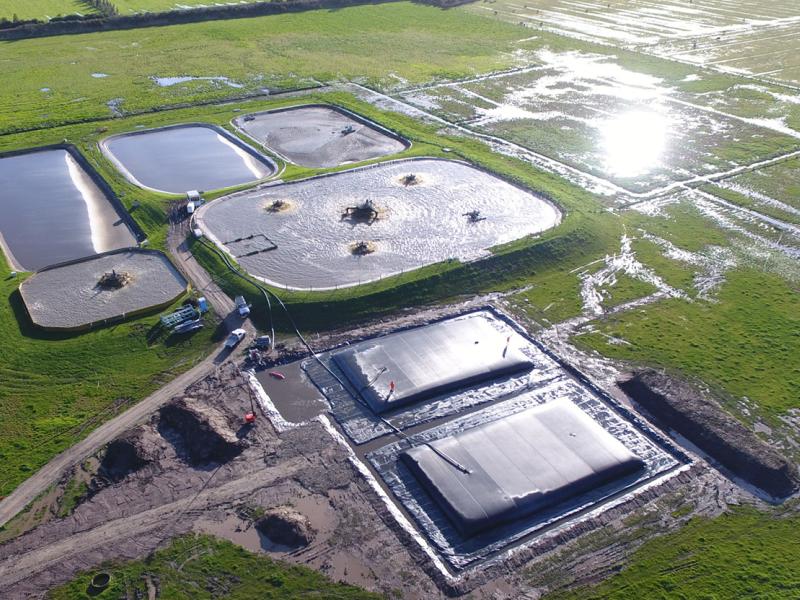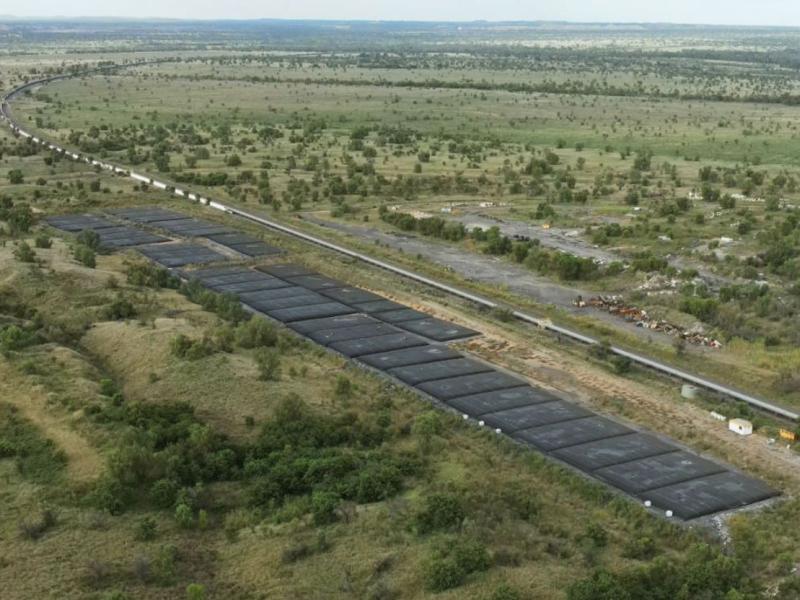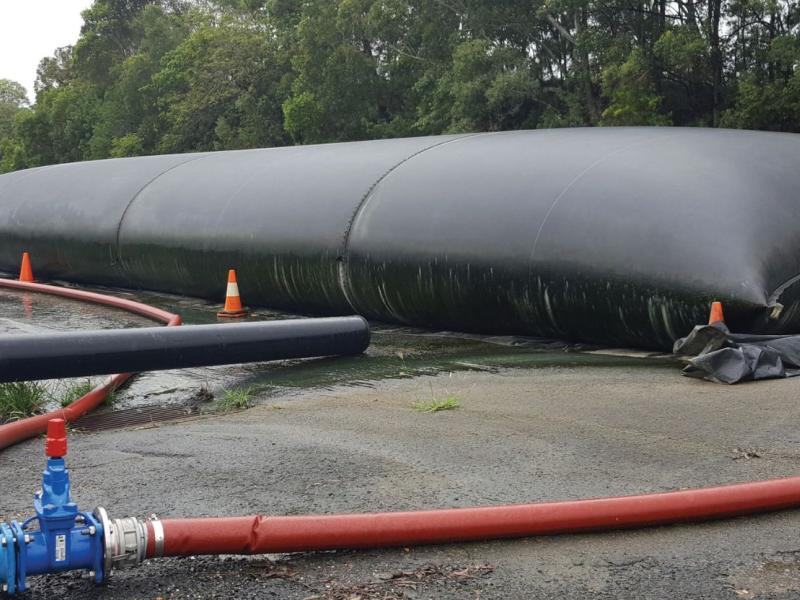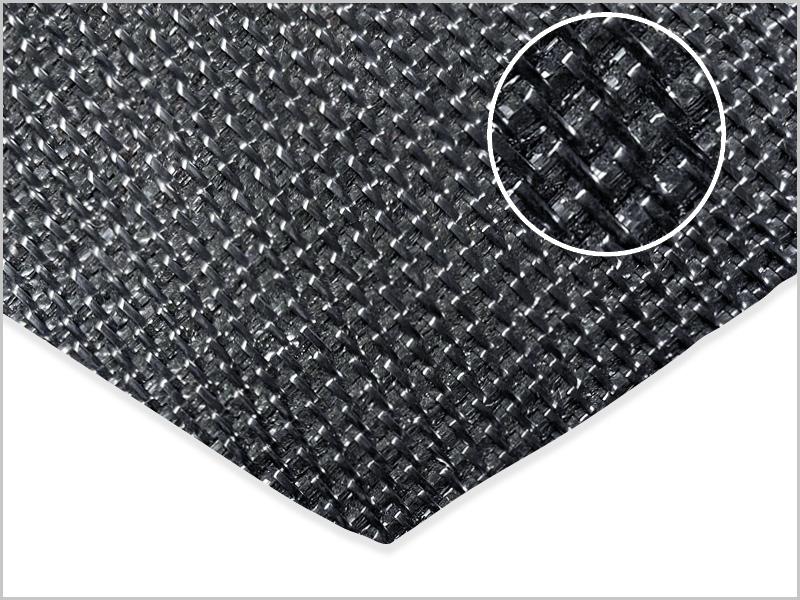
DEWATERING OF COAL FINES SLUDGE IN HUNTER VALLEY USING GEOTUBE
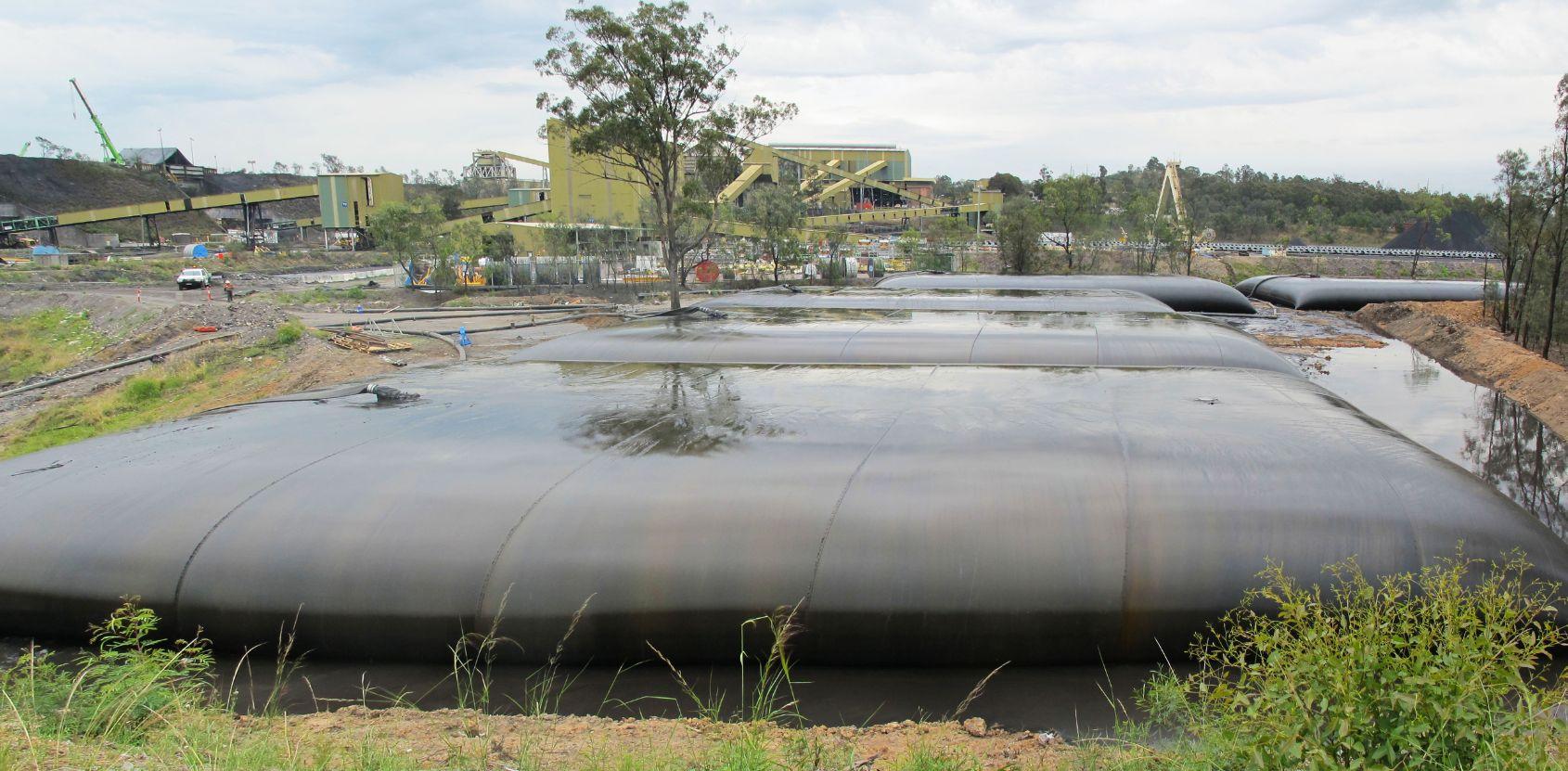
PROJECT DESCRIPTION
Yancoal Australia’s Hunter Valley Operations is a multi-pit open-cut mine that produces more than 13 million tonnes of thermal coal and semi-soft coking coal using the dragline truck and shovel methodology. The mined raw coal, known as run-of-mine (ROM) coal, is delivered to the Coal Handling and Preparation Plant (CHPP).
Typically, 17-20% of the ROM coal delivered to the CHPP is considered waste. This facility washes the coal of soil and rock, crushes it into graded sizes, stockpiles it, and prepares it for transport to market. The more waste material that can be removed from coal, the lower its total ash content, the greater its market value, and the lower its transportation costs.
After being washed and prepared for sale, the coal is loaded onto trains for transportation 90 kilometres to the Port Waratah Coal Terminal in Newcastle where it is shipped to international customers.
The waste slurry from the CHPP is directed into settling ponds or tailings dams. To reduce waste, many mines recover the coal fines for further processing. The slurry can be processed in a series of centrifuges and cyclones to remove water and separate the coal fractions, though this is an expensive mechanical process. Geotube dewatering containers were suggested, which Yancoal Australia decided was the best solution for the Hunter Valley north pit at Ravensworth.
OUR SOLUTION
The settling pond was approaching a level at which it could no longer accept further solids without risking an overflow. Dredging Systems Pty Ltd was engaged to remove the sludge so the coal fines could be recovered. A small dredge equipped with a rotating cutting head on the inlet pipe was used. This allowed the sludge to slurry at the base of the pond, accelerating the collection of solids.
The sludge was then pumped into eight Geotube dewatering containers supplied by Geofabrics Australasia. Stored in a large bunded area adjacent to the settling pond, these containers were 36.6 metres in circumference and 30.6 metres in length, with the capacity to retain a dry volume of approximately 1,000 m³ of dry cake.
Each tube was connected via a pipe manifold system. When the Geotube reached its maximum fill height, the valves re-directed the pumped slurry into the next tube. As each Geotube cycled through pumping and dewatering sequences, the containers progressively retained the coal fines up until each tube could no longer accept further solids without extending beyond their maximum fill height. Effluent water from the tubes was returned to the settling pond via channels inside the bund wall surrounding the Geotube containers.
The Geotube containers were supplied with two filling ports. These ports could either be a fabric port or one with a PVC geoport reinforcing collar. To accommodate the container size, PVC ports were supplied and lay-flat hoses were connected to ensure flexibility as the Geotube was pumped into and inflated without straining the filling port.
Polymers are often added into the manifold pipework, enabling very fine colloidal fractions to form a floc and promote rapid separation of water from solids to accelerate the dewatering process. For this project, the addition of polymer was not required, and the process progressed at a satisfactory rate. After three months, the solid material retained within the Geotube containers had dewatered enough for the containers to be opened. The ‘cake’ was then easily removed with a loader, processed, and sold.
PRODUCT USED
Solmax Geotube® Dewatering Container Geotextile
- Made from an engineered textile that is designed for dewatering high moisture content sludge and sediment
- High flow rate allows residual materials to dewater, whilst containing solids
- Simple to use as there are no mechanical or moving parts that could breakdown or wear and tear
- Custom fabricated with seaming techniques that withstand pressure during pumping operations
- Available in many sizes, depending on volume and space requirements
- Supported by design advice and guidance on polymer use for your sludge
